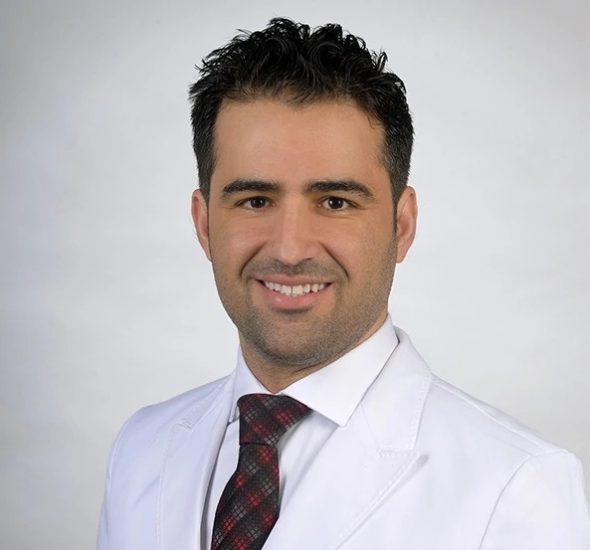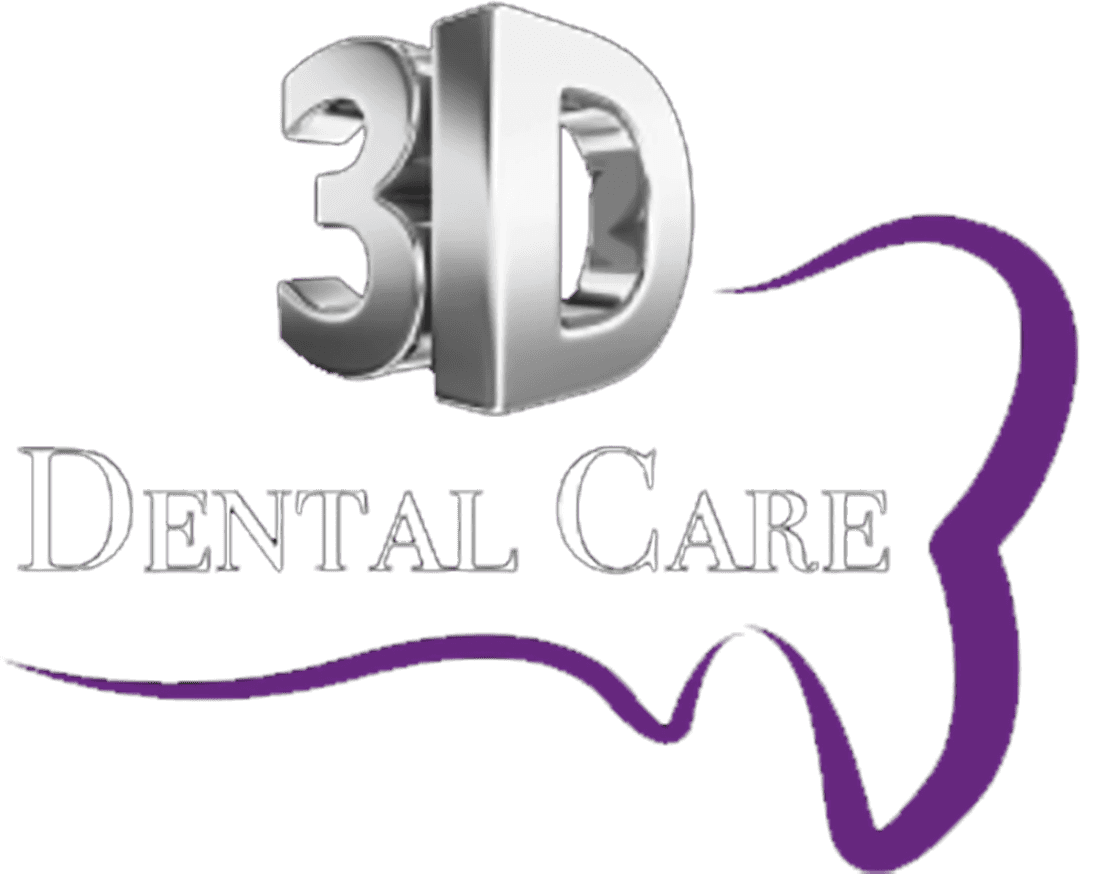- Home
- About
- Patient Information
- Services
- 3D Cone Beam And 3D Dental Scans
- All-On-4 Implants
- Same-Day Crowns
- Dental Checkup
- Dental Crowns And Dental Bridges
- Dental Implants
- Dental Veneers And Dental Laminates
- Dentures And Partial Dentures
- Emergency Dentist
- Full Mouth Reconstruction
- Invisalign Dentist
- Kid Friendly Dentist
- Root Canal Treatment
- Smile Makeover
- Soft Tissue Laser Dentistry
- Teeth Whitening
- Zoom Teeth Whitening
- Patient Education
- Blog
- Alternative to Braces for Teens
- Dental Anxiety
- Do I Have Sleep Apnea
- Do I Need a Root Canal
- I Think My Gums Are Receding
- Improve Your Smile for Senior Pictures
- Options For Replacing Missing Teeth
- Oral Cancer Screening
- Oral Hygiene Basics
- What Can I Do to Improve My Smile
- What Do I Do If I Damage My Dentures
- What Should I Do If I Chip My Tooth
- When Is a Tooth Extraction Necessary
- Which is Better Invisalign or Braces
- Why Are My Gums Bleeding
- Will I Need a Bone Graft for Dental Implants
- Wisdom Teeth Extraction
- Reviews
- Contact
- Book Online
WELCOME TO OUR PRACTICE
3D Dental Care
We are committed to providing quality healthcare to families located in the Alexandria area and treat patients of all ages. We provide comprehensive solutions for our patients' oral health needs. Believing in the importance of listening to our patients, we take the time to truly understand each person's needs, goals, and lifestyle. By understanding our patients' objectives we can provide solutions that will improve their health while transforming their smile into something bright and beautiful.
3D Dental Care is located at 6100 Franconia Rd. Suite A, Alexandria, VA. We are currently accepting new patients, and you can schedule an appointment by calling 703-922-8440.

Our Services
Dental Implants
Dental implants are advanced tooth replacement solutions that offer a permanent and natural-looking alternative to missing teeth.
Invisalign
nvisalign is an innovative orthodontic treatment that offers a discreet and convenient alternative to traditional braces for straightening teeth and correcting bite issues.
Emergency Dentist
A dental emergency is a sudden and unexpected oral health issue requiring immediate attention from a dental professional to alleviate pain, prevent further complications, and preserve oral function.
Smile Makeover
A smile makeover is a comprehensive cosmetic dental treatment plan tailored to address multiple aesthetic concerns and enhance the smile's appearance.
Root Canal
Root canal treatment is a dental procedure to address infection or damage within the innermost part of a tooth, called the pulp.
Same-Day Crowns
CEREC, which stands for Chairside Economical Restoration of Esthetic Ceramics, is a revolutionary dental technology

Dr. Ahmed Kamal
Dr. Ahmed Kamal has been practicing in our area since 2017 and graduated from the Mustansiriya University School of Dentistry in 2005, and then later graduated from the New York Columbia University College of Dental Medicine in 2016. He lived in Iraq, where he served his community for seven years at his dental practice, before moving to the United States. He is passionate about providing our patients with the best possible care by continuing his dental education three times a year.
Read More About Dr. Ahmed KamalINSURANCE INFORMATION
We accept a variety of insurance providers and endeavor to accommodate our patients' request. Please call our office at 703-922-8440 to see if we are currently working with your insurance provider.
-
![dental healthcare dental healthcare]()
Our Team
-
![Location symbol Location symbol]()
Our Services
-
![Payment options Payment options]()
Patient Information
Dental Implants
Call UsSay Hello
Location
6100 Franconia Rd. Suite A,
Alexandria, VA 22310
Office Hours
MON7:30 am - 4:00 pm
TUE7:30 am - 5:00 pm
WED7:30 am - 7:00 pm
THU7:30 am - 4:00 pm
FRIClosed
SATClosed
SUNClosed




